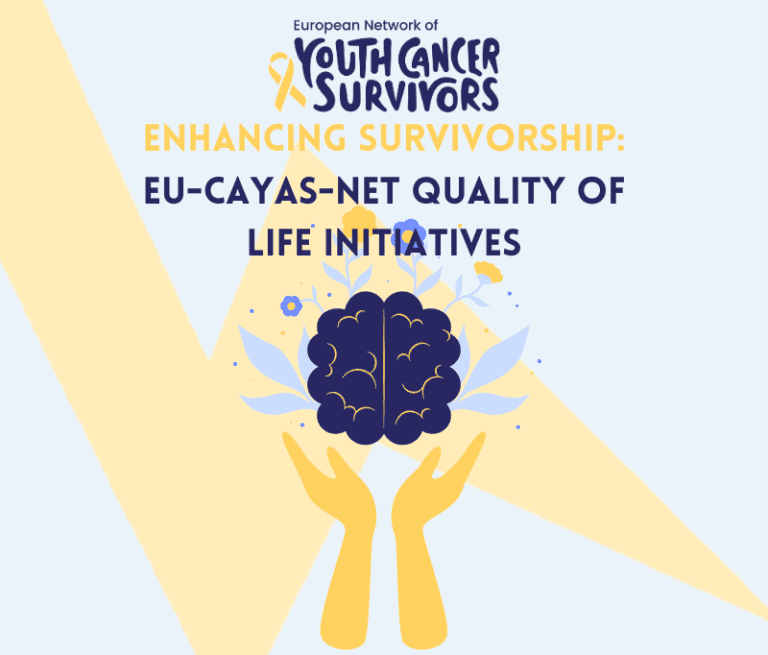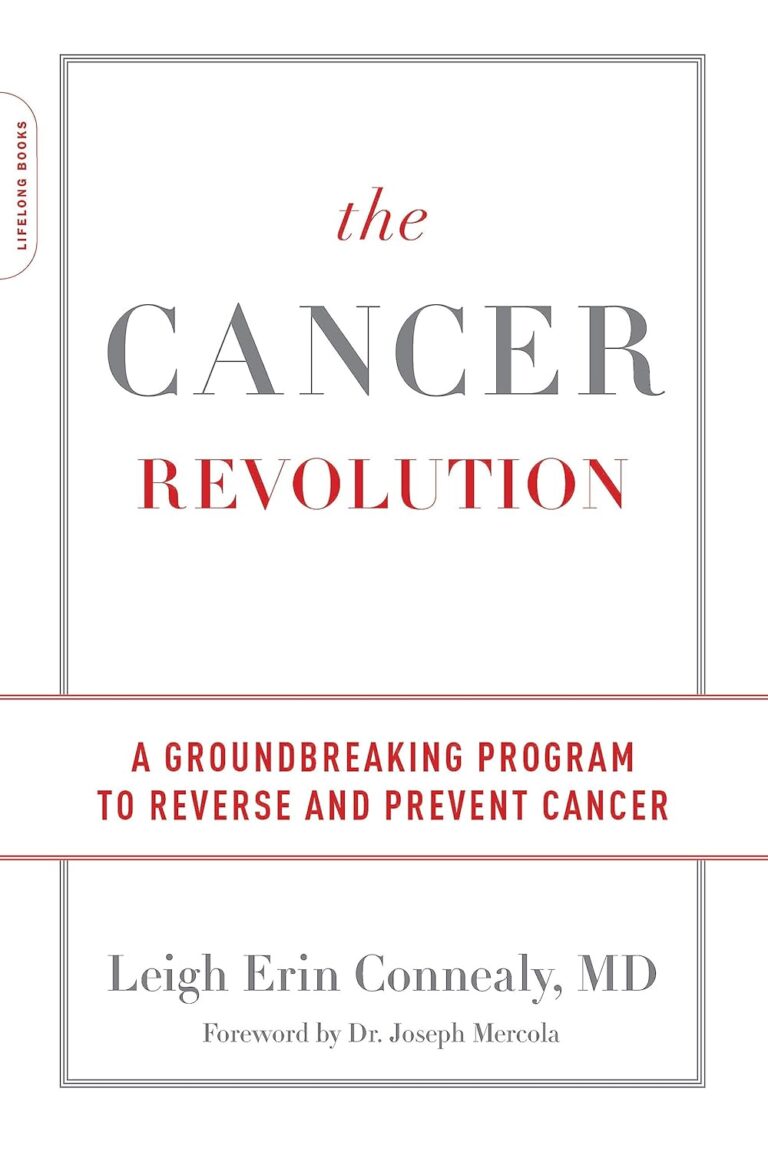
Overview
A haploidentical donor refers to a family member who shares exactly 50% of the human leukocyte antigen (HLA) markers with the recipient. This type of donor is often considered in bone marrow or stem cell transplants when a fully matched donor is not available. Haploidentical transplants have become more common due to advancements in medical techniques and understanding of immune system compatibility.
Key Information
In the context of bone marrow and stem cell transplants, finding a suitable donor is crucial. Typically, a perfect match is preferred, but this is not always possible. A haploidentical donor offers a viable alternative, especially when immediate family members, such as siblings or parents, can serve as donors. The process involves matching at least half of the HLA markers, which are proteins on cell surfaces that play a role in immune system regulation.
Clinical Significance
Haploidentical donors have gained prominence in the medical field due to their accessibility and the potential to provide life-saving treatment options. The use of haploidentical donors has been particularly significant in treating blood-related cancers such as leukemia and lymphoma. The ability to use a partially matched donor expands the pool of potential donors, increasing the chances of successful transplantation for patients who may not have a fully matched donor available.
Treatment & Management
The process of using a haploidentical donor involves several critical steps. Initially, both the donor and recipient undergo HLA typing to confirm the partial match. The recipient often undergoes conditioning therapy to prepare the body for the transplant, which may include chemotherapy or radiation. Post-transplant, patients receive immunosuppressive therapy to prevent graft-versus-host disease (GVHD), a common complication where the donor’s immune cells attack the recipient’s body.
Patient Resources
Patients considering a haploidentical transplant can access various resources for support and information. Many hospitals and cancer centers offer counseling services, educational materials, and support groups to help patients and their families understand the process and manage expectations. Online resources from reputable organizations like the National Marrow Donor Program provide valuable insights into donor matching and transplant procedures.
Frequently Asked Questions
- What is the success rate of haploidentical transplants?
The success rate of haploidentical transplants has improved significantly, with many studies showing comparable outcomes to fully matched sibling transplants, especially with advancements in post-transplant care.
- Are there risks associated with haploidentical transplants?
Like all transplants, haploidentical transplants carry risks, including graft-versus-host disease, infections, and transplant rejection. However, careful monitoring and advances in immunosuppressive treatments have mitigated many of these risks.
- How long does recovery take after a haploidentical transplant?
Recovery time varies per individual, but patients typically spend several weeks in the hospital post-transplant, followed by months of outpatient care and monitoring to ensure successful engraftment and manage complications.

















Comments
Thank you. Comment sent for approval.
Something is wrong, try again later